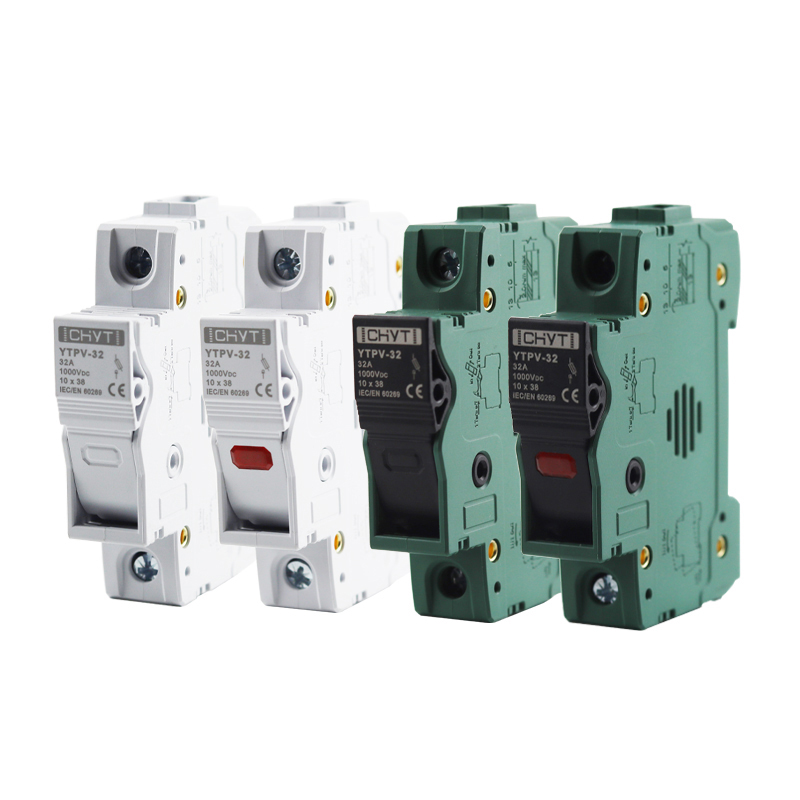
- English
- Español
- Português
- русский
- Français
- 日本語
- Deutsch
- tiếng Việt
- Italiano
- Nederlands
- ภาษาไทย
- Polski
- 한국어
- Svenska
- magyar
- Malay
- বাংলা ভাষার
- Dansk
- Suomi
- हिन्दी
- Pilipino
- Türkçe
- Gaeilge
- العربية
- Indonesia
- Norsk
- تمل
- český
- ελληνικά
- український
- Javanese
- فارسی
- தமிழ்
- తెలుగు
- नेपाली
- Burmese
- български
- ລາວ
- Latine
- Қазақша
- Euskal
- Azərbaycan
- Slovenský jazyk
- Македонски
- Lietuvos
- Eesti Keel
- Română
- Slovenski
- मराठी
- Srpski језик
The difference between DC fuses and AC fuses
2024-02-26
A fuse is also known as a blown fuse. The normal terminology for fuses is divided into DC fuses and AC fuses.
DC refers to low voltage, low current, low voltage, high current, etc., while AC refers to high voltage, low current, high voltage, high current, etc
Both DC and AC fuses belong to the current limiting type of fuse, with similar appearance design and structure, but there are significant differences in the process of disconnecting current:
The AC fuse is in the form of a conductive AC sine wave, with zero crossing at each cycle. At this time, the minimum value of the charge is easy to extinguish the arc; No waveform of DC fuse current has zero crossing. When the DC system is short circuited and energized, the rapid vaporization of the fuse and the diffusion, adsorption, and cooling technology of quartz sand can force the arc to extinguish, so the difficulty of disconnecting is much greater from the AC arc in the network.
DC fast fuses can replace AC fast fuses, but AC fuses cannot replace DC fast fuses.
These two types of fuses can be distinguished based on their protection form. Usually, they can be divided into the following situations:
1. Current limiting fuse: The fuse is designed to limit the current within the maximum load range of the equipment itself. For example, the charging voltage specifications for cars are 12V and 15A (with fuses installed at 12V and 15A). If an electrical fault occurs or the wire is broken due to excessive current (exceeding 15A), the fuse will fuse for protection. For example, if a household charger is 110V and 5A (if an AC fuse or circuit breaker is installed), Chint quick fuse selection will disconnect the rated current for electrical safety.
2. Overheating fuse: This fuse is different from the above. Under thermal control, regardless of whether the current is too high or not, Chint quick fuse selection will automatically disconnect when the electrical temperature exceeds the rated temperature, achieving protection function. Usually, our household rice cookers and electric stoves follow this principle. There are many examples to illustrate.





